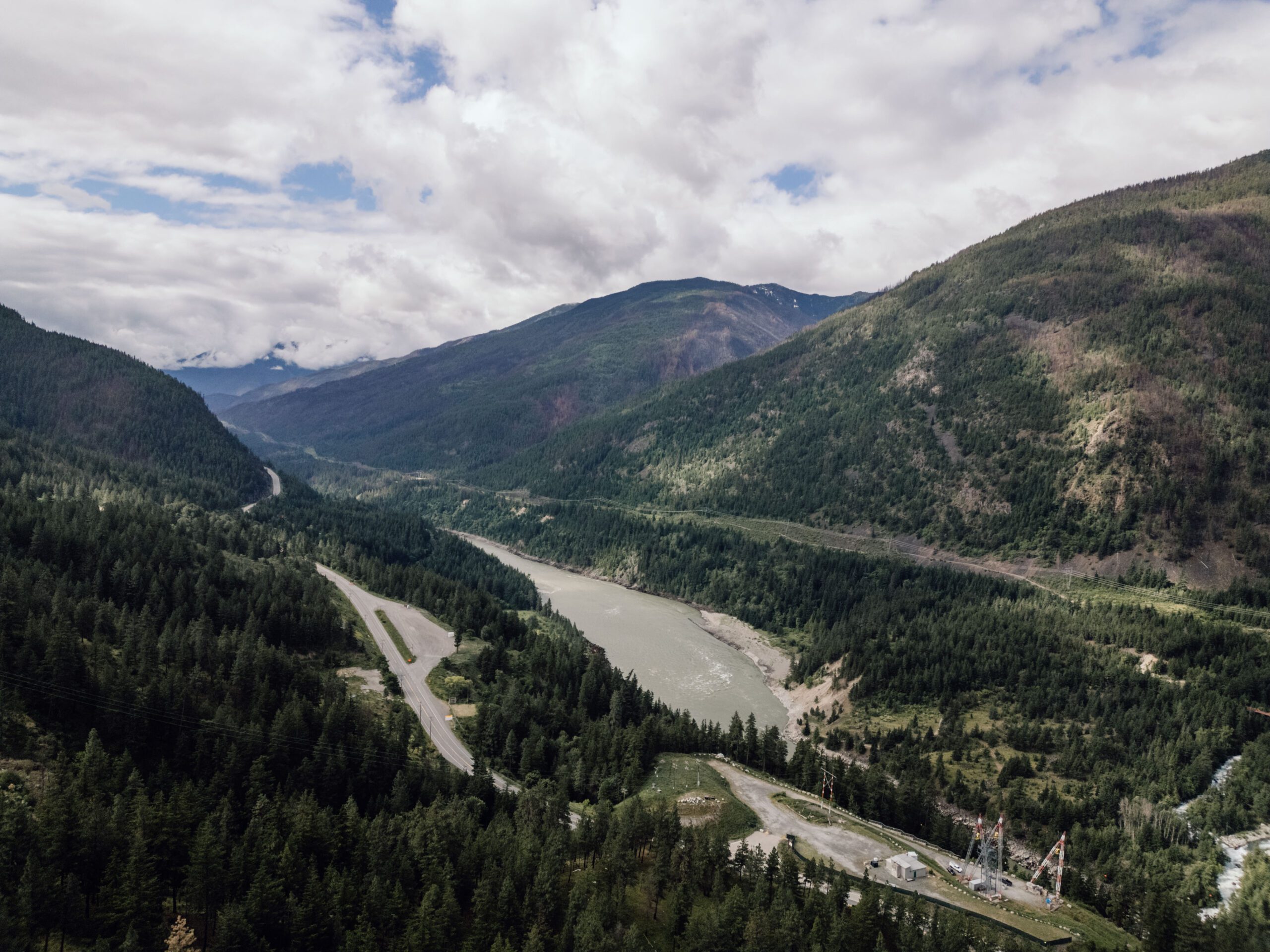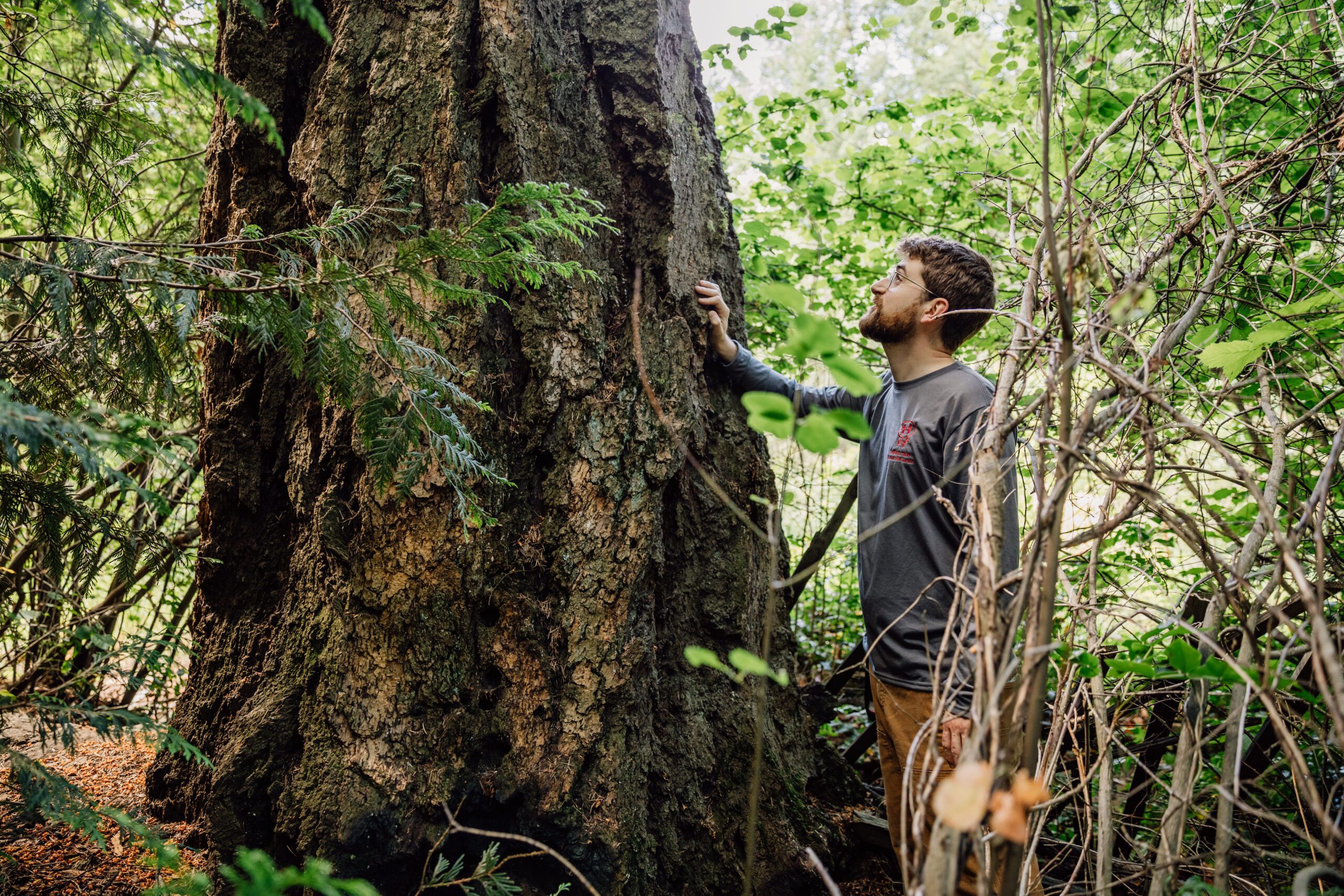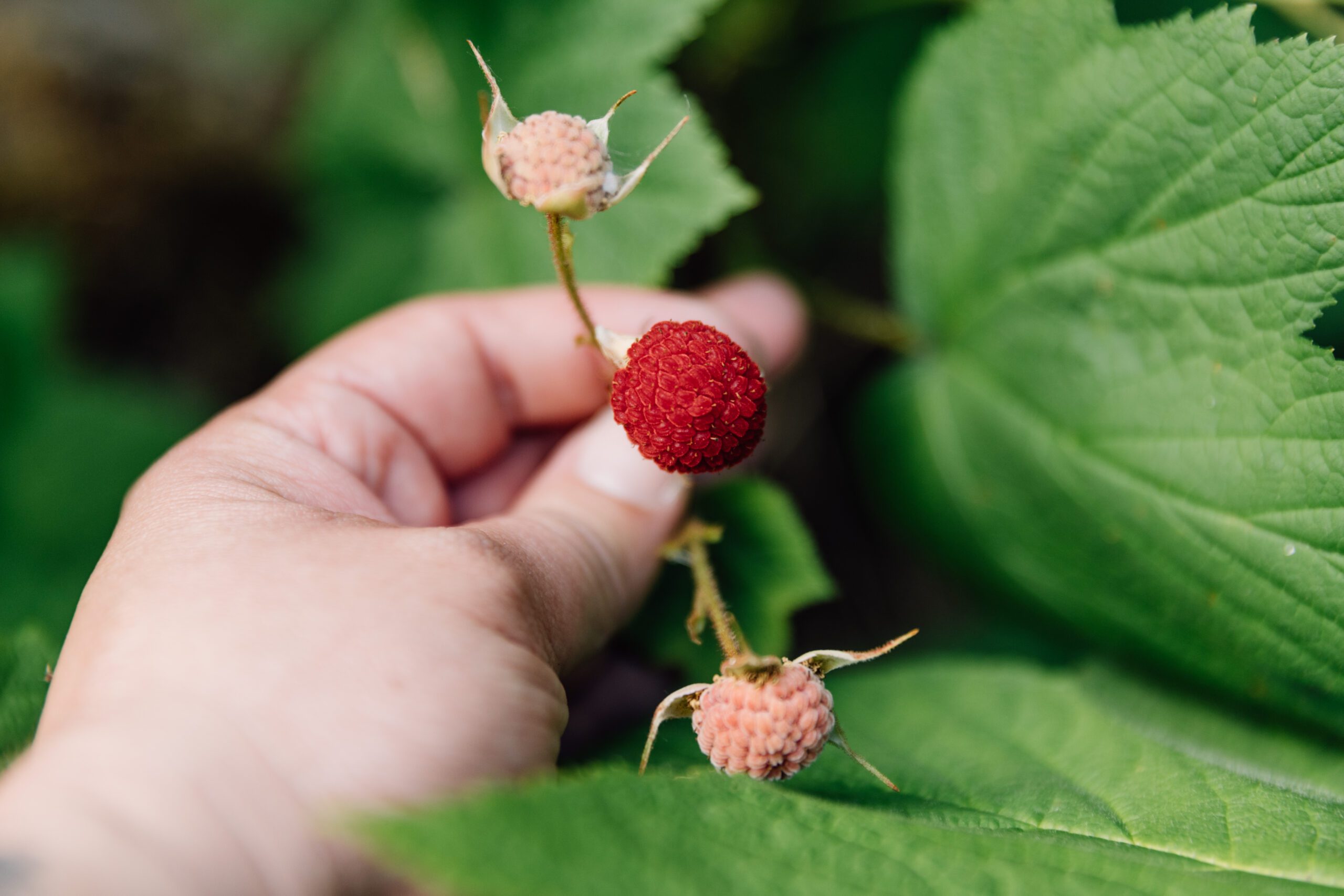
How T’eqt”aqtn’mux are taking back ownership of their traditional territory
By Peggy Lam
Photographs by Shelanne Justice
A new era of Indigenous-led change
Last year, Vancouver Foundation’s Thriving Indigenous Systems Fund (TISF) granted $9.6 million to 32 projects across the territories now known as B.C. Community leaders from First Nations and hereditary groups are receiving up to $100,000 per year for three years to develop Indigenous-led initiatives that create the conditions for systemic change.
Services from these 32 initiatives are making a positive impact that reaches more than 80 communities, from Cranbrook all the way up to the Yukon border. The projects range from revitalizing culture to tackling policy change. The grantees behind these projects are working tirelessly to restore what has been lost and taken away because of colonization — paving the way for their self-determination.
T’eqt’’aqtn’mux: reclaiming traditional territory
One of the grantees is the Kanaka Bar Indian Band, also known as T’eqt’’aqtn’mux, who are taking monumental steps to restore governance rights to their traditional territory. They are establishing the T’eqt’aqtn Indigenous Protected and Conserved Area (IPCA) to heal the damage done to the land and protect it from further industrial harm.
According to the Indigenous Circle of Experts, IPCAs are are places where Indigenous governments may lead on protecting and conserving ecosystems through Indigenous laws, governance, and knowledge.
A sacred land to protect
Sean O’Rourke, the land manager for the T’eqt’aqtn IPCA, explained that the area being protected spans 320 square kilometres south of Lytton, in the Fraser Canyon. The area holds what archeologists call “cultural depressions,” sites of collapsed pit houses that date back to the 1700s and 1800s, where people had lived for thousands of years. “It’s a really amazing place from the cultural perspective,” said O’Rourke. “We have all sorts of pictographs (paintings on rock) and petroglyphs (carvings on stone).”
The IPCA also lies between coastal rainforest and interior B.C. desert, making it home to some of the world’s most unique species and ecosystems. The territory, filled with old-growth forests, holds 42 at-risk species and record-breaking plant species, including a 15-metre tall Saskatoon berry bush. “By our creeks and in the ravines, you’ll find Western red cedar, hemlock trees, really beautiful mossy and fern-filled areas. It looks like you could be right beside the coast,” said O’Rourke. “Go around another corner and it’s a bunch of grass and ponderosa pine. There’s just tremendous biodiversity here.”
A long-term vision for self-determination
O’Rourke said T’eqt’’aqtn’mux have been caring for this land for millennia, and they are now fighting to regain the rights for self-determination. To establish the IPCA, they are working with funders to acquire land and extinguish mining tenures while negotiating with the province to prevent further logging and mining. While some of these goals could be achieved in as little as three years, O’Rourke knows this will be a generational project. ““Eventually, the long-term vision the long-term vision is to have full self-determination of the community and the lands around us. This IPCA is a step in that direction, but there will have to be many steps for us to get there, to where we’re the decision-makers of this area.”
Climate crisis and resilience
The community has been hit hard by climate crises, particularly wildfires. The nearby town of Lytton, which burned down in the 2021 heat dome event, displaced many band members. T’eqt’’aqtn’mux members were evacuated that year, put on alert the following year, and evacuated again the year after. “It’s like one disaster after the next. It’s really stressful and difficult to deal with that, as well as being so busy trying to plan how to care for the land,” O’Rourke shared.
Building capacity for change
The Thriving Indigenous Systems Fund is playing a crucial role in helping build the capacity needed to develop the T’eqt’aqtn IPCA. “The flexibility of this grant program is excellent because it helps us direct the funds towards the priorities we have within our initiative,” said O’Rourke. With the grant, his team can hire a person dedicated to consulting with community members on how best to care for the land. This includes hosting workshops to engage people both on and off reserve, including members and elders who now live in Chilliwack and Kamloops.
Empowering Indigenous communities through self-determination
Jeska Slater, Director of culture and community at Vancouver Foundation, said the TISF grant was designed to honour the self-determination of the communities the foundation serves. The grant program was created to remove systemic colonial barriers that have limited Indigenous communities and organizations from accessing reliable and flexible funding in the past.
Slater and her team created and implemented the grant program after a year of deep listening and consultation with grantees, past applicants, Indigenous systems change experts, community members and leaders. “We want to highlight that Indigenous community leaders are the ones who should identify what success looks like for them, their markers of success, and how they celebrate it,” said Slater.

Celebrating wins: land and employment
O’Rourke said one of their biggest successes has been creating meaningful employment for T’eqt’’aqtn’mux’s members, allowing them to stay in the community and raise their families. Another win has been the ability to buy back their land. “When we bought our first property, when we actually got some land back, that was amazing,” said O’Rourke. The area, located at the mouth of Siwash Creek and filled with old-growth forest has records of former chiefs fishing there in the 1800s. “It was a great spot for the community, but it was preempted by settlers and has been alienated from the community ever since. So, when we were able to return that to the community, that was such a win.”
Learn how you can support organizations like the Kanaka Bar Indian Band through our Indigenous Priorities Focus Area.



